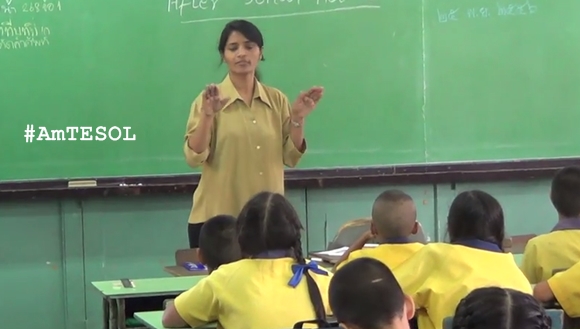Classroom discipline is often a tightrope act for teachers—maintaining order while fostering an engaging, inclusive atmosphere. For some educators, achieving this balance can feel like herding cats in a room full of laser pointers. However, discipline doesn’t need to be a dreaded chore or a battle of wills. Instead, it’s about creating an environment where learning thrives, students feel respected, and disruptive behavior becomes the exception, not the rule. So, how can teachers transform chaos into calm? Let’s explore a mix of practical strategies and thoughtful approaches to make discipline as seamless as possible.
Prevention is Better Than Cure
Punitive measures may work in the short term, but relying solely on them is like slapping a band-aid on a leaky pipe—temporary and unsustainable. The key to effective discipline starts with preventative measures that set the tone for a positive learning environment. Building rapport with students is the first line of defense. When students respect and trust their teacher, they’re far more likely to behave and engage. This doesn’t mean being the “cool” teacher who hands out candy or allows chaos to reign; it means creating an open, communicative atmosphere where students feel valued.
One simple, yet powerful strategy is teacher participation. Share personal anecdotes or real-world stories to connect with students and bring lessons to life. This humanizes the teacher and fosters mutual respect. When students see the teacher as a relatable figure, they’re less inclined to test boundaries and more likely to collaborate in maintaining a positive classroom culture.
Boredom Breeds Bad Behavior
Let’s face it: nothing invites bad behavior quite like boredom. An uninspired lesson can turn even the most disciplined class into a buzzing hive of chatter, paper airplanes, and glazed-over stares. To combat this, teachers need to keep things interesting. Engaging materials, interactive activities, and a variety of teaching styles can turn lessons into exciting challenges rather than drudgery. Whether it’s using multimedia resources, games, or hands-on activities, the goal is to keep students so engrossed in learning that misbehavior doesn’t even cross their minds.
Consider tailoring lessons to students’ interests. Teaching English to a group of sports lovers? Use articles about famous athletes or fun language games tied to sports themes. Got a classroom full of budding artists? Incorporate drawing or storytelling into reading and writing activities. When students care about the content, they’re more focused, motivated, and—surprise, surprise—better behaved.
Quick Wins for Managing Disruptions
Even in the most well-structured classroom, disruptions happen—whether it’s the last period on a Friday or a full moon phenomenon. In these moments, simple strategies often work wonders. For instance, moving a disruptive student to the front of the class can curb their antics by involving them more closely in the lesson. Similarly, strategic seating—like separating students who feed off each other’s energy—can restore order quickly and quietly.
The golden rule here: Don’t engage in arguments. A teacher trying to debate with a student mid-lesson will lose control faster than you can say “detention.” Instead, stop disruptions swiftly and with authority, but avoid negative interactions that might escalate the situation. Students respond far better to positive reinforcement. Instead of focusing on what they’re doing wrong, reward the behaviors you want to see more of—acknowledging good effort, participation, or teamwork goes a long way in creating a cooperative atmosphere.
Understanding Special Needs and Unique Challenges
Not all disruptions stem from simple mischief. Some students face challenges like ADHD or learning difficulties that require tailored solutions. Punishing a child for behavior they can’t fully control isn’t just ineffective; it can cause harm. Teachers should work closely with parents and specialists to ensure students with ADHD receive the assessments, support, or accommodations they need. Similarly, for students with learning difficulties, identifying their challenges early allows teachers to adjust their methods—whether that means breaking tasks into smaller steps or using visuals and interactive tools to support understanding.
Teachers must look beyond the surface of bad behavior and address the root cause. Sometimes, what looks like defiance or inattention is actually a student’s cry for help. A little empathy, combined with practical solutions, can make all the difference.
The Art of Implicit Discipline
In the end, classroom discipline isn’t about yelling, punishments, or “winning” against students—it’s about creating a structured environment where respect, engagement, and learning naturally coexist. When done well, discipline feels almost invisible, woven seamlessly into the classroom culture rather than imposed from above. It’s not a one-off fix but a daily process built through clear expectations, mutual respect, and lessons that keep students both busy and inspired.
By combining preventative measures, engaging lessons, and a healthy dose of patience, teachers can turn their classrooms into places where order comes naturally. After all, a happy, engaged student rarely becomes a disruptive one—and that’s a win for everyone involved.



